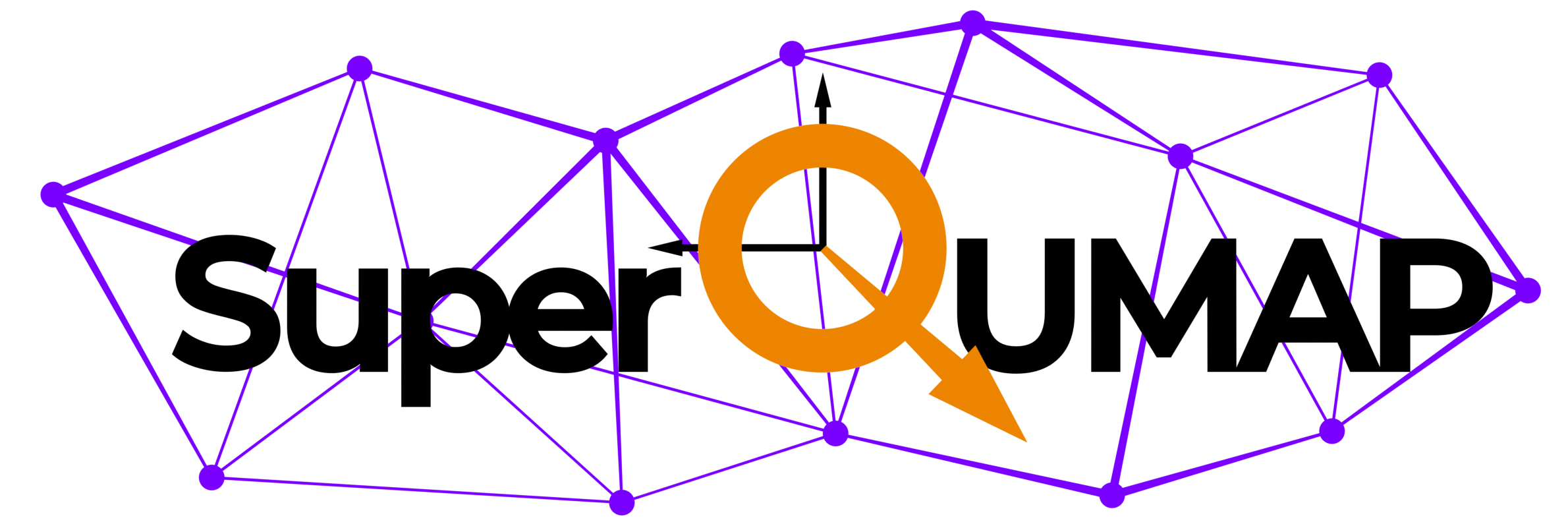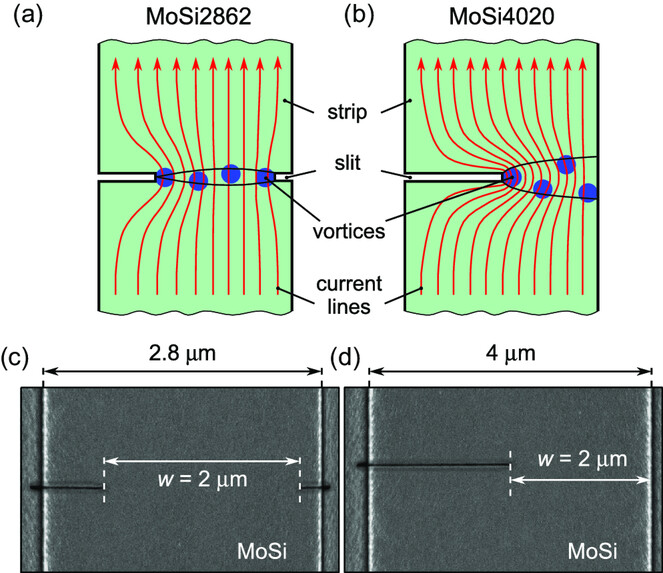Authors: Volodymyr M. Bevz, Barbora Budinska, Sebastian Lamb-Camarena, Stanislava O. Shpilinska, Clemens Schmid, Mikhail Yu. Mikhailov, Wolfgang Lang, Oleksandr V. Dobrovolskiy
Phys. Status Solidi RRL 2023, 2200513
Abstract: Superconducting bridges exhibit many properties of a Josephson junction, such as the electromagnetic radiation at overcritical currents and steps in the microwave-irradiated current–voltage (I–V) curves. These Josephson effects stem from the periodic motion of magnetic flux quanta (vortices) in the narrowest region of the bridge. According to the Aslamazov and Larkin (AL) theory, the I–V curve of such a constriction should exhibit voltage kinks each time the number of vortices in the 1D vortex chain is increased by one. However, in the presence of defects and fluctuations, the intervortex repulsion stipulates the formation of a 2D vortex jet, which goes beyond the 1D AL model. Here, by milling one or two slits across a MoSi thin strip, we make vortices to move in a vortex–jet or a vortex–chain fashion, respectively. Unexpectedly, for the strip with a vortex jet, we observe equidistant voltage kinks at transport currents which are rather far from the assumption of in the AL model. At the moment, we have no explanation for this observation, tending to attribute it to fast relaxation processes in MoSi and looking forward for a comparison with other superconducting materials.
doi: https://doi.org/10.1002/pssr.202200513




